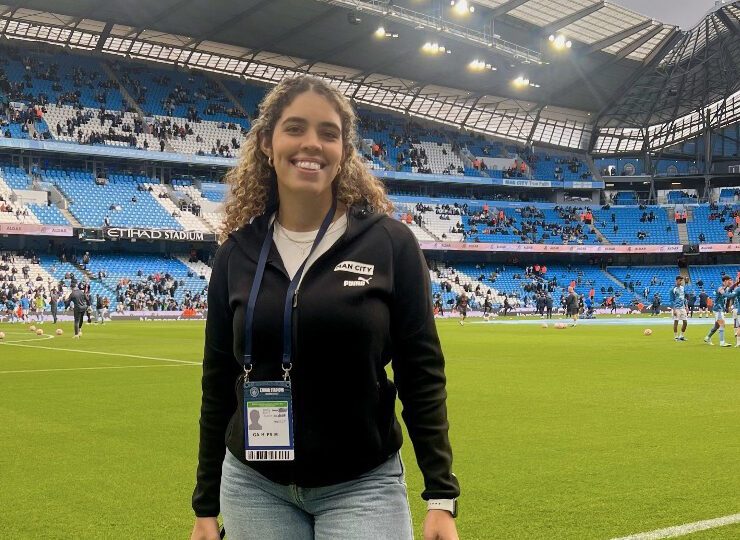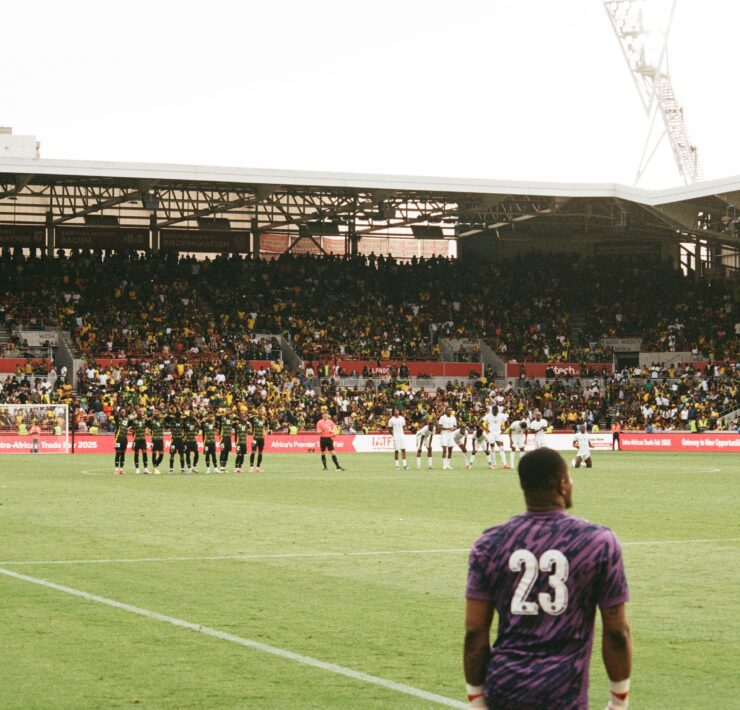This Thing of Ours: How Black Star is Highlighting America’s Black Soccer Talent
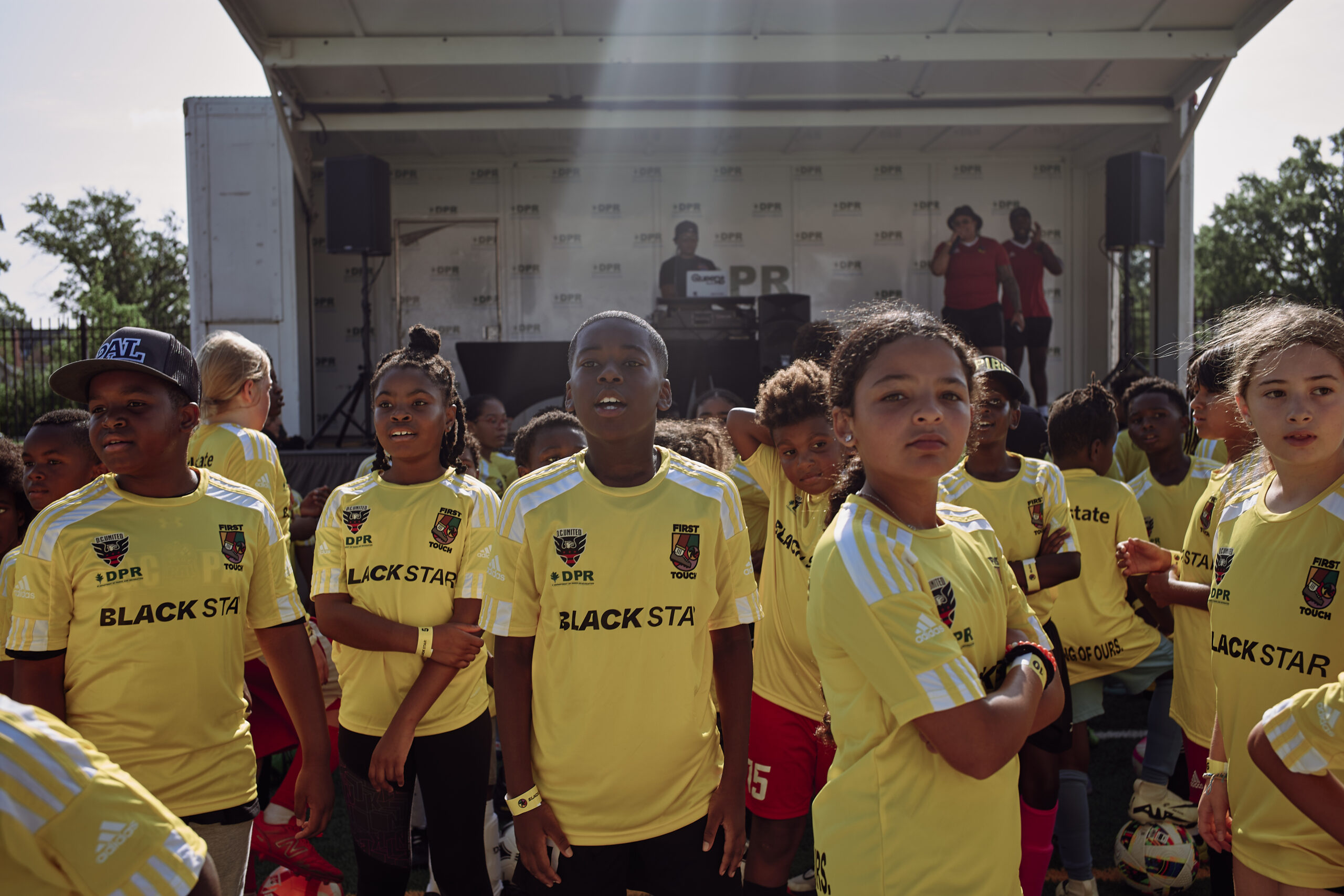
Soccer and black culture have had a long history here in the States. Yet, that history has typically been overshadowed and under-capitalized. High costs of participation price out aspiring players. Few black soccer icons with a fraction of the media coverage of other athletes. Too few black coaches and owners at the professional levels. These are some of the barriers to growing soccer in Black American communities. Patrick Rose, a former Howard University soccer alum, saw these barriers and looked for a way to change that.
His search led him to an opportunity that would become the creation of Black Star, a brand committed to cultivating Black soccer culture in the United States. Since its inception, Black Star has hosted events in multiple cities, collaborated with other brands, and created opportunities to black Americans to join and participate in the global game.
With the 2026 World Cup rapidly approaching, Black Star hopes to leverage these new soccer opportunities to grow the brand and the sport within Black communities. Forty-One sat down with Patrick and went into detail about Black Star’s past, present and future.
41: First, I want to ask you how your soccer journey grew and developed over time.
PR: Well, my family is from Jamaica, so I was introduced to the game at an early age, playing super young up to high school and the club soccer ranks. So soccer was always a part of my life but in most of those environments I was just one of the few Black kids on a team. Even then, there was a gap in representation throughout my playing career.

When I got to play at Howard, it was the first environment being surrounded by all Black people. It was a fun and welcoming space, being able to connect and relate with people from cultures that are in love with the game. So from that standpoint, it sparked the question, why weren’t more of us playing? How do we create spaces where we’re more involved in the game?
So then what was the inspiration and process behind creating Black Star?
During my MBA program, I started doing research on the growth of the game from various perspectives, looking at fandom, culture, and participation. Around the same time, I got connected with a marketing and media company called For Soccer. I told them about my research and it just so happened that they were looking to create a soccer brand geared toward engaging the Black community. And by 2021, we officially launched Black Star.
How did you come up with the name Black Star and how is it significant to what the brand represents?
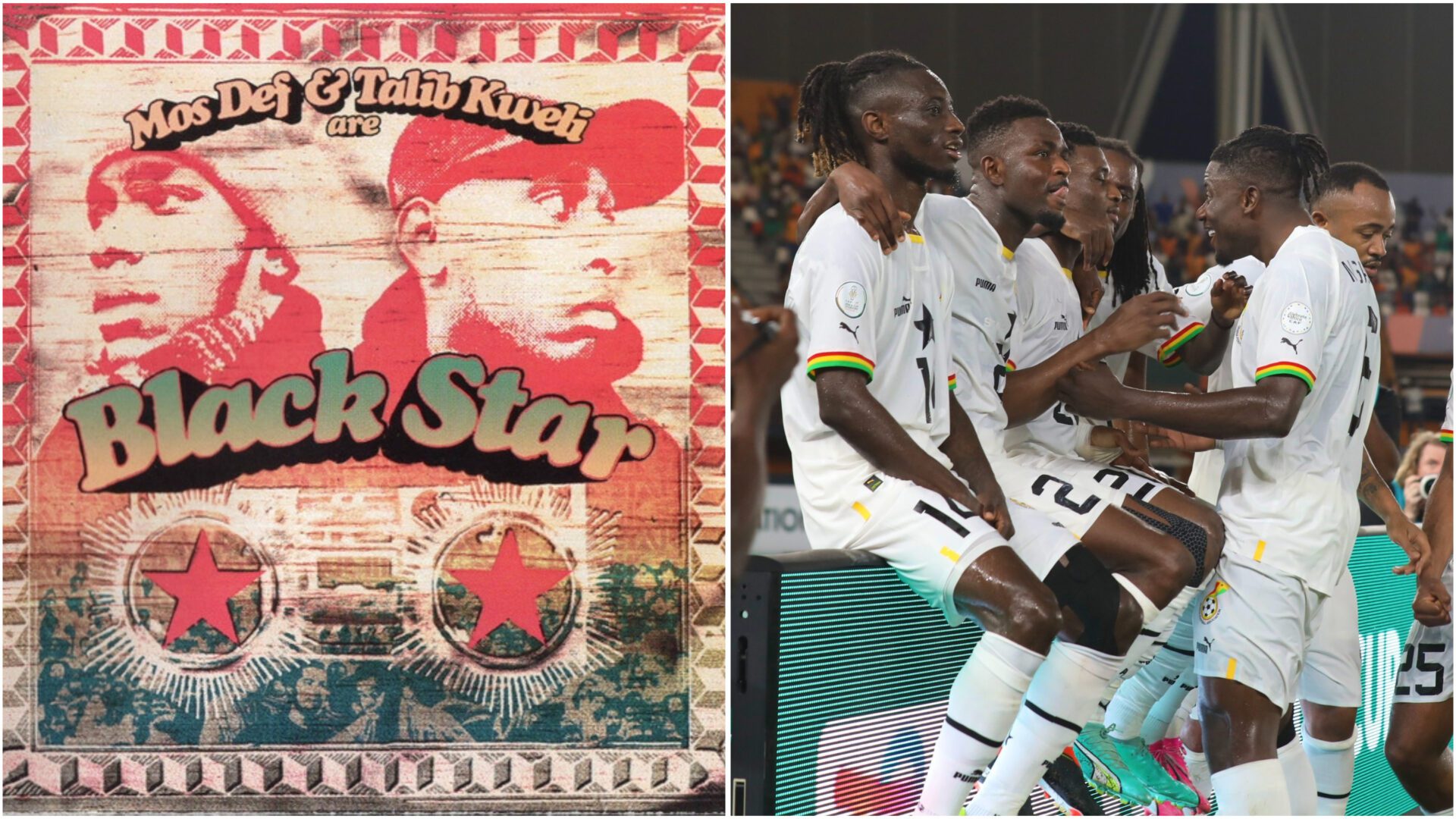
We looked at different names that have resonance in the community. Obviously, you have the Ghanaian national team and how Black Stars is their nickname. Then from an American perspective, you have the hip hop group out of Philly, with Mos Def and Talib Kweli. So when you think about stars, you think about the brightness, the positivity, the luminosity.
And taking in the trailblazers in the past like Freddy Adu, Jacoby Jones, Eddie Pope, and also the young players making waves today, we wanted to make a name that ties in the international presence, the American influence, but also, be something that’s aspirational where kids want to be a Black Star in the game coming up. To create or provide platforms for Black Stars that really emerge within the US.
A slogan that the brand has rallied behind has been “This Thing of Ours.” What was the meaning behind that?
It’s really a statement of belonging, community, and ownership. We wanted to provide something that our audience can really attach to. Like this thing of ours is really our own unique way of playing the game. We’ve been here, we’re going to be here. We’re driving things. We’re pushing things. So it’s kind of like a statement to really highlight this: soccer through the lens of Black culture.
Looking back at your past events, specifically for 2024 you were able to host multiple events and in different cities across the country. NYC, Detroit, LA, Houston. What were the keys to making sure the brand was successful in that endeavor?
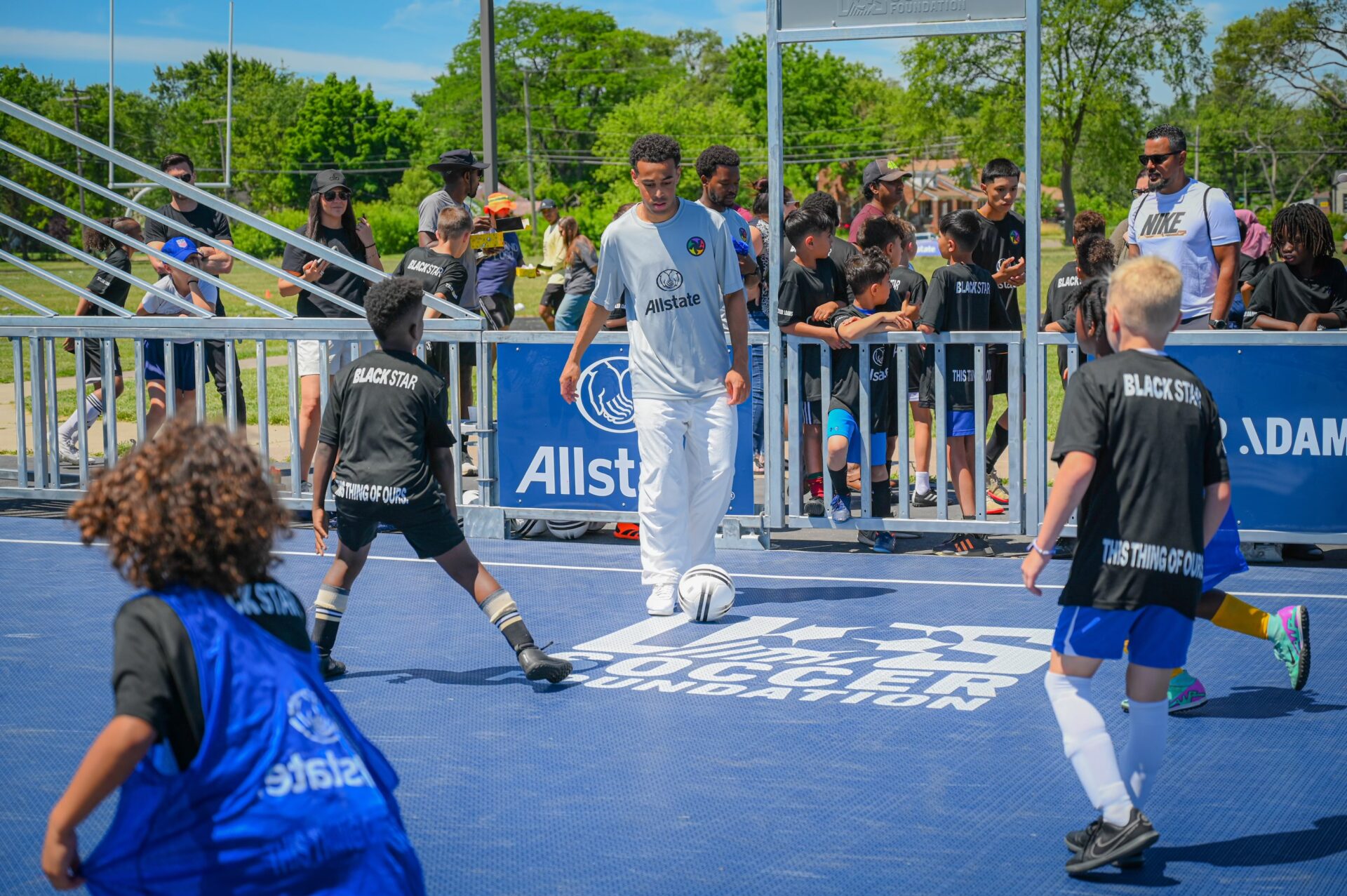
Definitely our partnerships. If we don’t have great partners that align with our mission, who want to serve this community in the way that we want to, it doesn’t really happen. So we’ve been able to establish great local grassroots partners in each of our markets,and that’s through being intentional about the cities we’re going to. We wanted to target cities with strong black populations with youth that might have a desire to get introduced to soccer. We’ve been able to work with the Dynamo and Dash out in Houston, LA Galaxy in LA, and other professional teams. They have a bigger platform but they also have a desire to be community minded. That’s crucial for us to be able to run these events, and they’ve been able to provide resources to help make it happen.
A key component of your events are the showcases and clinics you host, where players can get a chance to learn and show their skills, whether you’re 5 or trying to get to the next level. What’s been the biggest challenge in trying facilitate that growth at a young age?
Most importantly, we want our clinics to be an fun introductory space for kids who are either starting to play, or looking for environments with people that look like them. We’re not a soccer club or org that is in these communities day in and day out, so a big challenge is how do you foster opportunities for them to continue playing after our events are over? So that’s when working with our local partners is very crucial. That’s providing platforms to link them to other opportunities, whether it’s like a rec league or a club in the area.
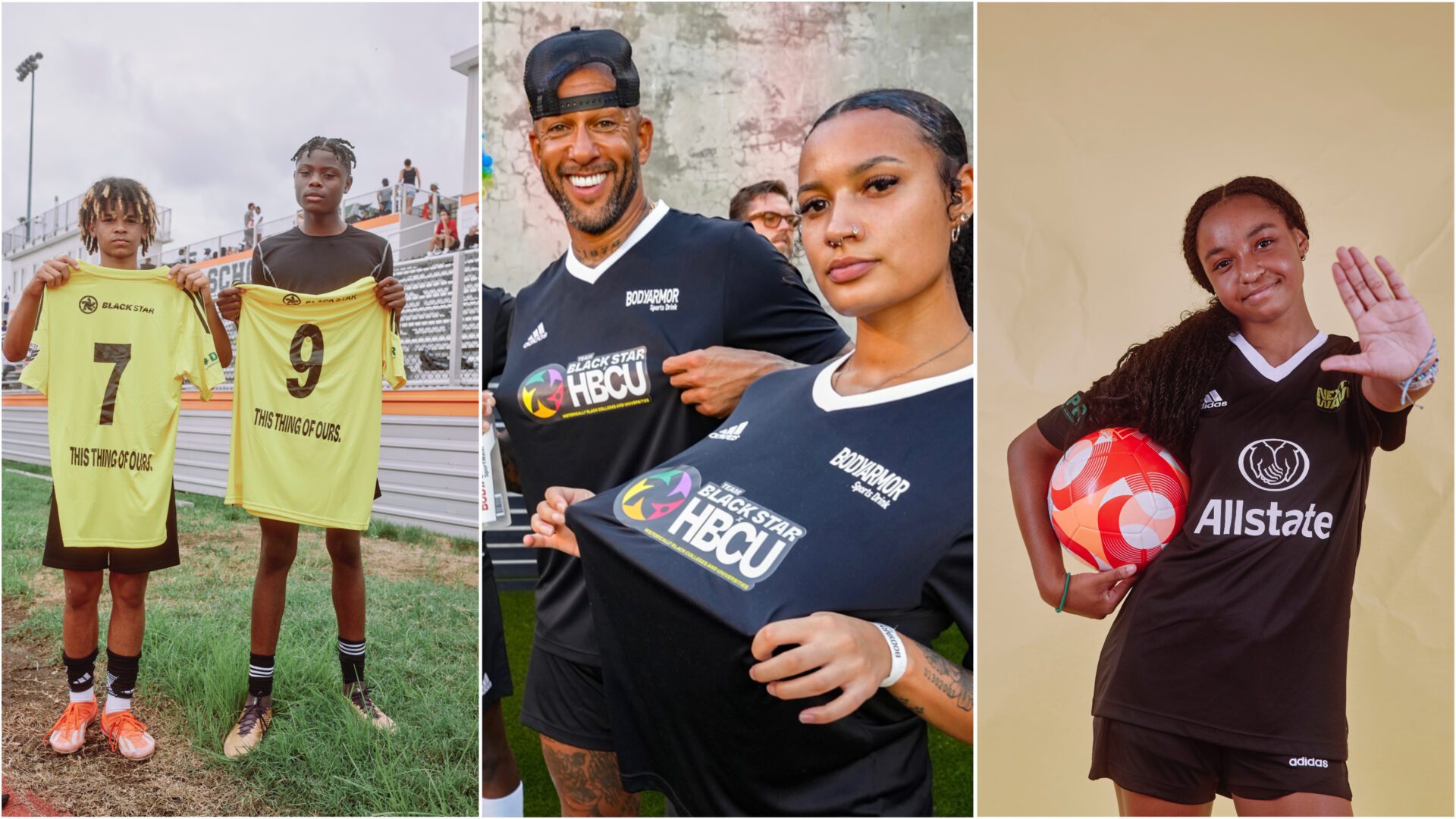
As for the showcases, it’s been dope seeing the level of talent that comes out. These are kids that might not be playing in these top clubs because they’ve never had that exposure. So it’s really about providing a free environment for them to get seen by coaches and scouts and get those opportunities to play at the bigger level. One challenge we’ve been navigating is getting more girls involved. And even though that’s a bigger societal issue in sport, it’s important to make sure we’re creating an equitable pipeline for all players.
Some of the players that you’ve highlighted include HBCU soccer players, sharing their experiences and their love for the game. How does that tie into the community engagement Black Star does?
Again, having played soccer at Howard, I have a lot of love for the HBCU soccer scene. It’s always been a goal of mine to highlight and amplify a lot of these programs.
There’s a lot of great stuff that they’re doing that needs to be told, and hopefully that leads to continued growth. I would love to see more HBCU soccer representation. There are about 100 HBCUs and about 30 of them have programs. There’s only 13 D1 programs on the women’s side and just 1 on the men’s side. And a lot of times there’s issues with funding as well. For most schools, the only revenue generating sports are basketball and football. So those sports, they definitely have a lot more representation, and they’ve been able to include a lot of the Black people that are driving and pushing culture in a lot of different ways.
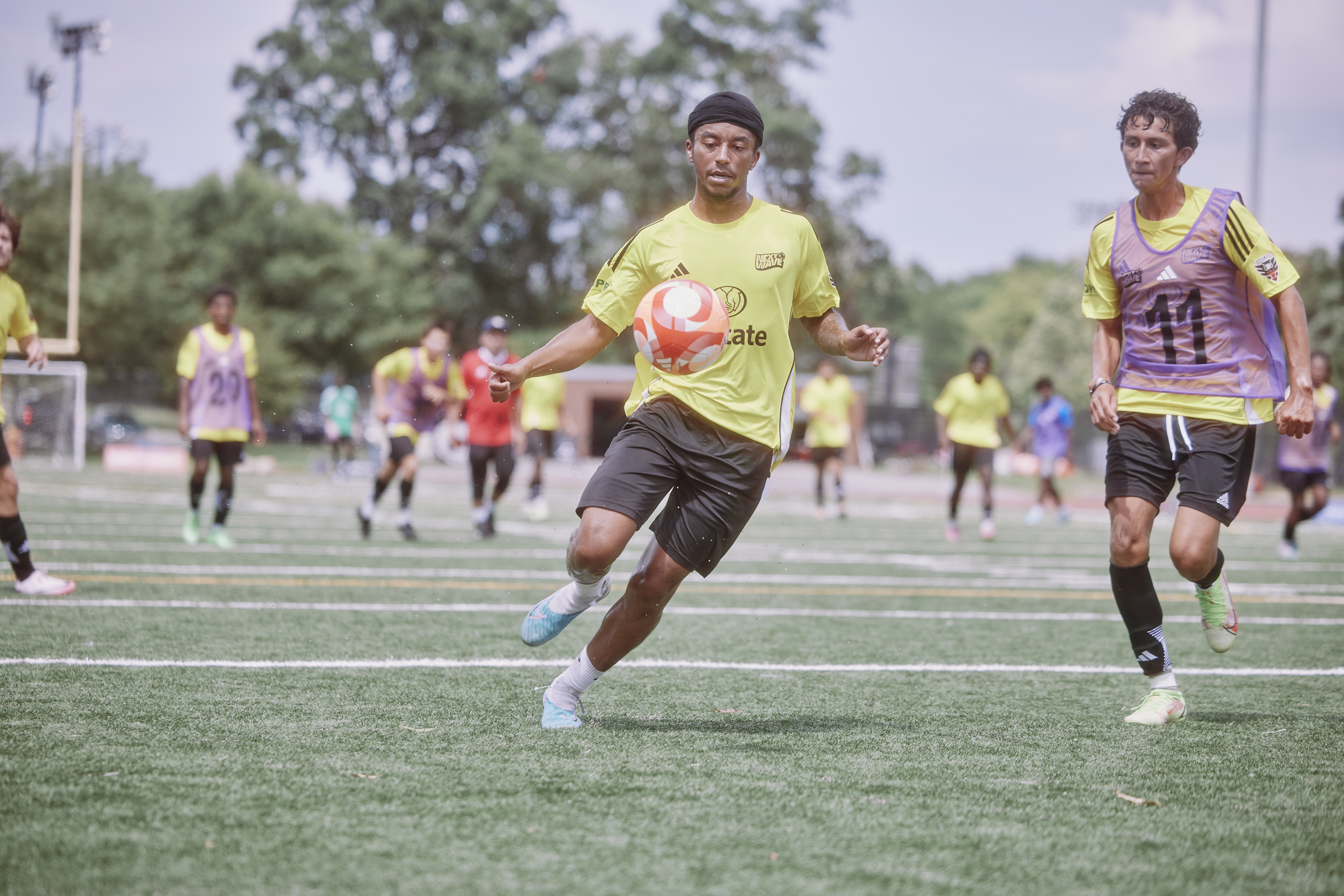
I think moving forward, the work we do is to continue to get people to care about soccer. The sport has grown a lot but it is still growing. And we just hope that it’ll continue to grow, especially after the World Cup. HBCUs are a big part of the Black community so hopefully there’ll be more soccer programs once they see that we’re having a bigger impact in the game overall.
Merchandise is also a big part of your brand, collaborating with fashion labels such as Kitboys. What’s been the process behind those collaborations and why did you feel it was important to emphasize that?
Yeah, the people at Kitboys are super good friends of ours. Sekou Thornell used to work at Black Star and now he’s built a super cool streetwear brand in Atlanta. When we did our Black History Month collab and capsule in 2023, we wanted to not only highlight both of our work but to donate a percentage of the proceeds to support Black programs and communities.
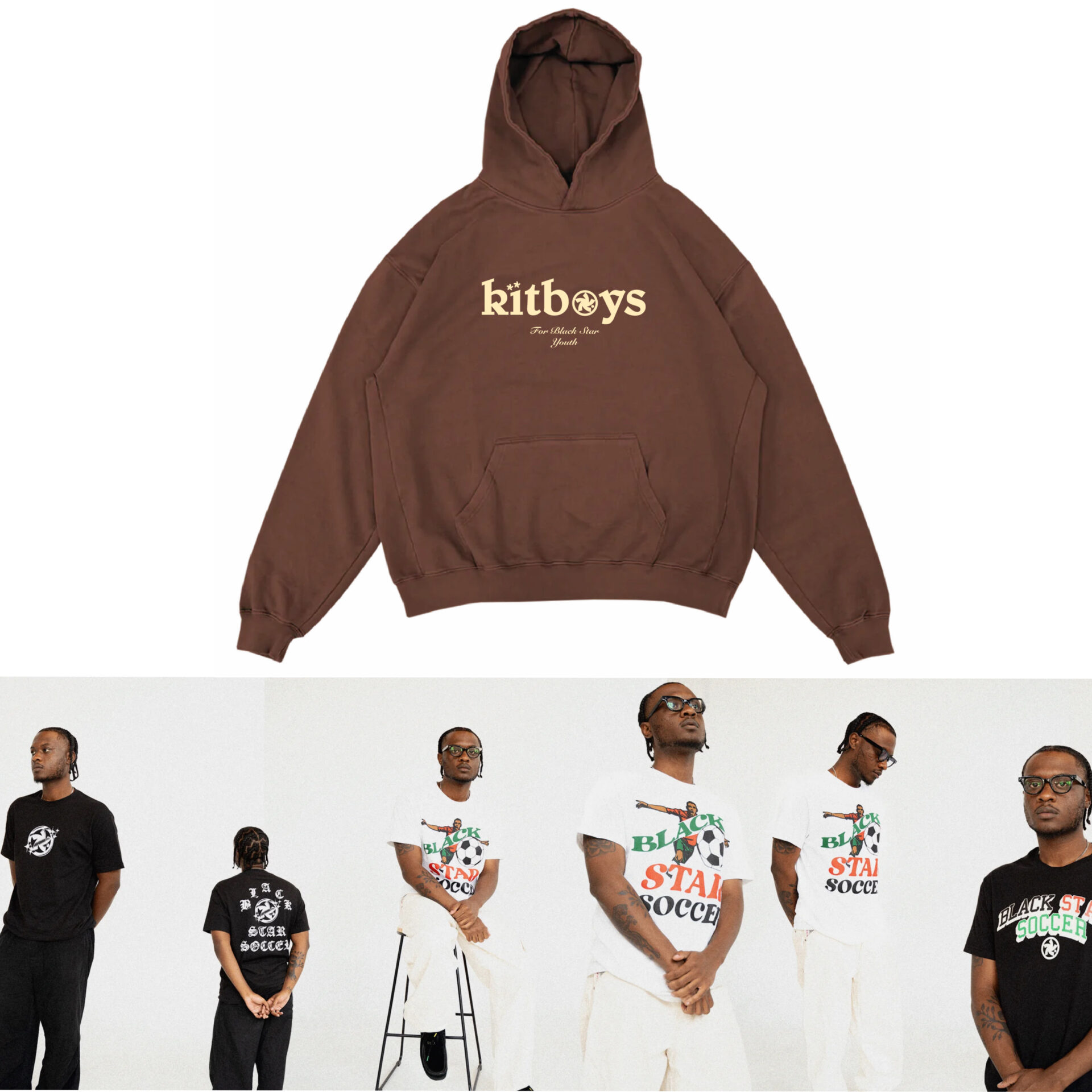
When I think about growing soccer in our community, I think about culture; art, music, fashion. So many things that we’re naturally drawn to. We definitely want to tap in and really serve our consumers, anyone that wants to rock with us, through fashion, because that’s just a big way that we create and how we want to get involved. People are always asking us when the new Black Star merch is coming out, so we want to do something cool to fits that interest and really kind of grow our brand in that avenue as well.
With the World Cup coming next year and the Club World Cup coming this summer, how important is it to you that Black Star takes advantage of this increased interest in soccer in the States?
I think it’s probably the most important moment that soccer has had in the States, starting from the Copa America leading the World Cup and Olympics. There’s never been a period where there’s so many big soccer tournaments for the American sports fan to discover. We definitely want to take advantage by being well positioned to have a brand, a platform, a community that is already up and existing, that people can go to for different ways to get engaged, to really tap in with Black culture, Black soccer culture, and the overall movement that’s been going on.


